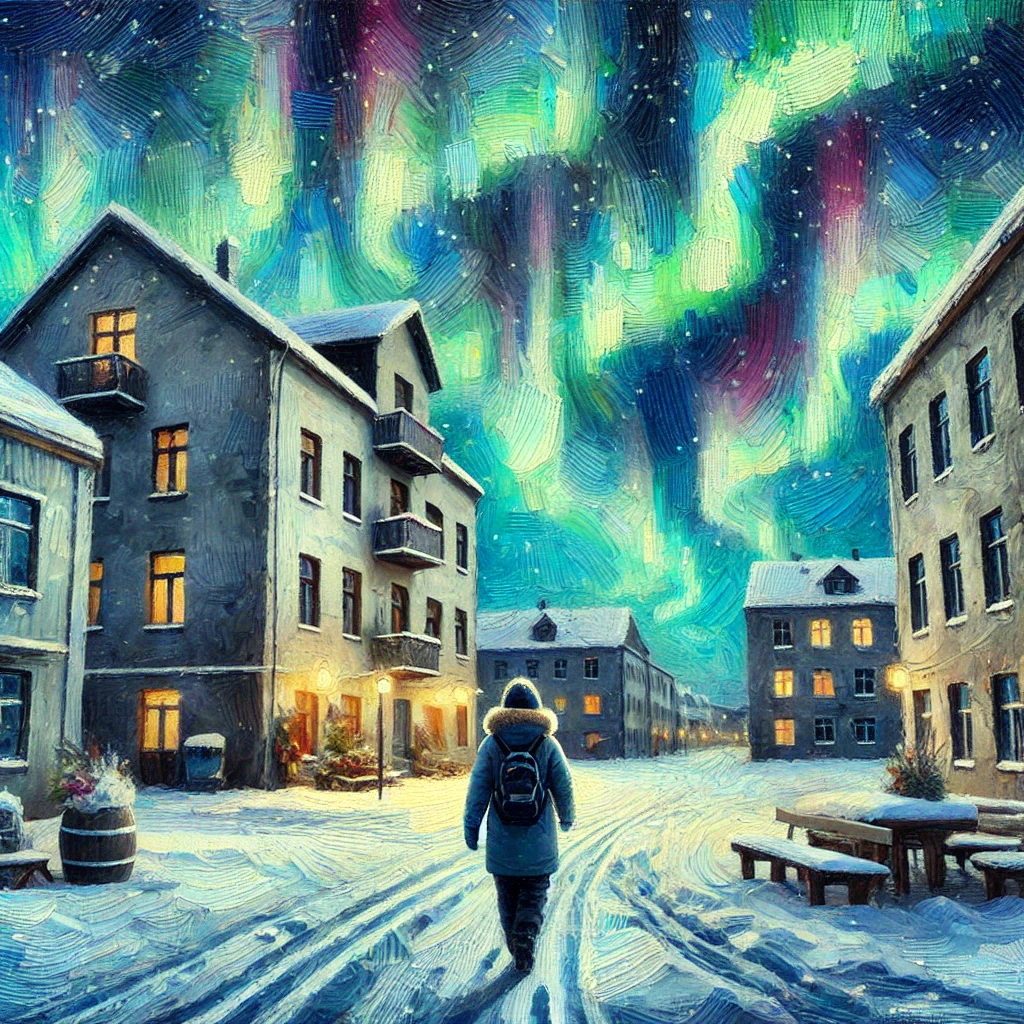ChatGPT:Kirkenes is a town in the northeastern part of Norway, situated in the municipality of Sør-Varanger in Troms og Finnmark county. It lies near the border with Russia and Finland, making it a significant location for cross-border trade and cultural exchange. Kirkenes is known for its unique Arctic climate, experiencing polar night during winter and midnight sun during summer. The town serves as a gateway to the Barents Sea and has a strong maritime industry. It also attracts tourists with its natural beauty, opportunities for northern lights viewing, and activities like snowmobiling, dog sledding, and visiting the famous Kirkenes Snowhotel.
Kirkenes has a rich history that dates back to its founding in the early 20th century. The town was officially established in 1908 when the Kirkenes Mining Company started operations, capitalizing on the rich iron ore deposits in the area. This development led to a rapid increase in population and infrastructure, transforming Kirkenes into a bustling industrial town.
The strategic location of Kirkenes, near the borders of Russia and Finland, has played a crucial role in its development. During World War II, Kirkenes was occupied by German forces and became an important military base. The town suffered extensive damage due to Allied bombing raids aimed at disrupting German operations. Post-war reconstruction efforts were significant, leading to modern urban development.
In the latter half of the 20th century, the decline of the mining industry led to economic challenges. However, Kirkenes reinvented itself by focusing on other sectors such as maritime services, tourism, and cross-border trade with Russia. The Barents cooperation, an international collaboration aimed at fostering regional development in the Barents Sea area, has also contributed to the town’s economic revitalization.
Today, Kirkenes is known not only for its historical and industrial heritage but also for its vibrant community, cultural activities, and as a gateway to the Arctic region.
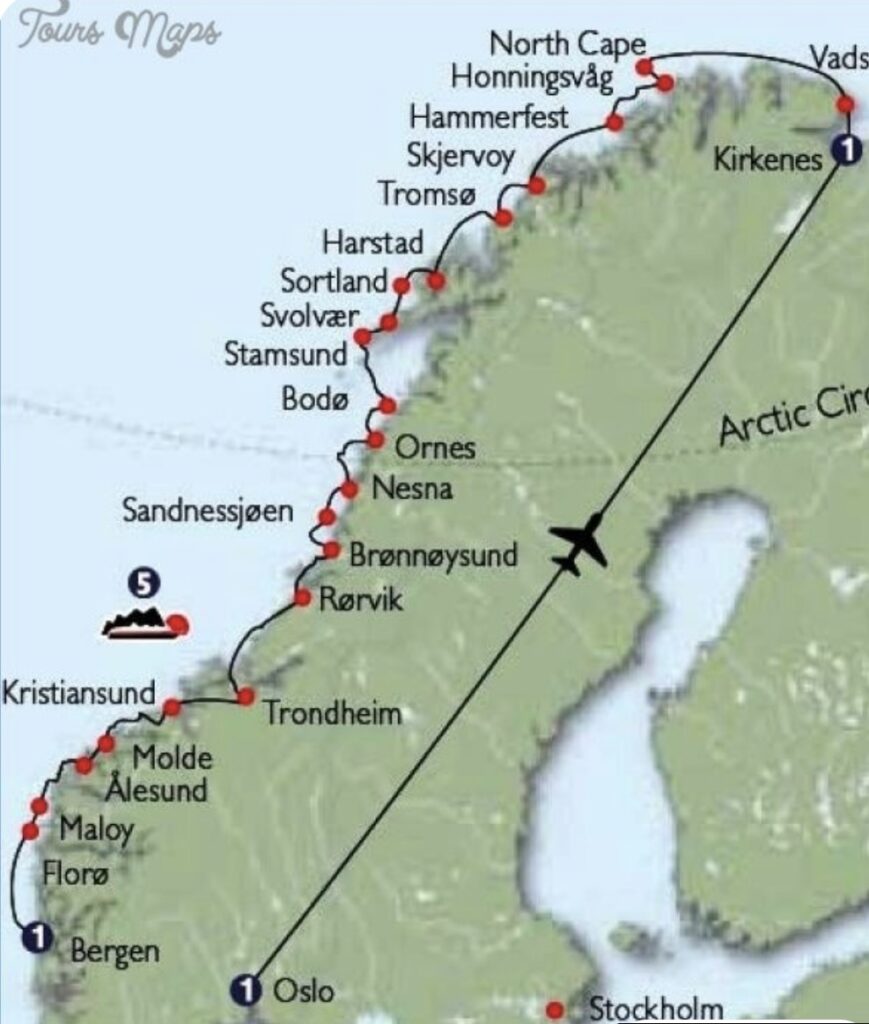
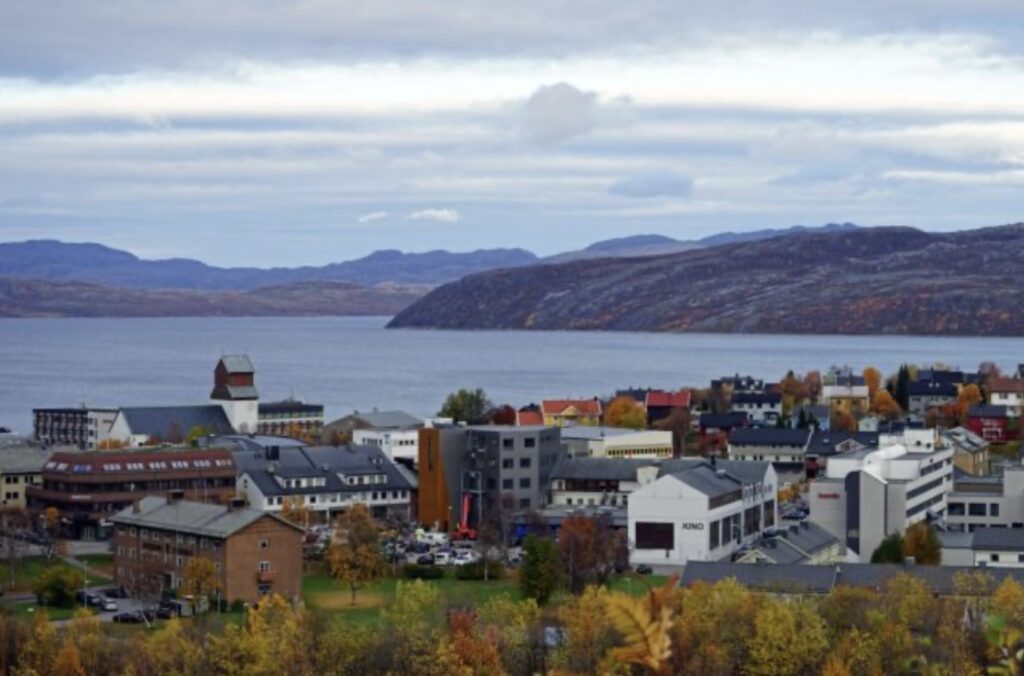
To maximize your chances of seeing the Northern Lights in Kirkenes, consider the following tips:
- Season: The best time to see the Northern Lights is from late September to early April. This period has the longest nights, providing more hours of darkness necessary for viewing the auroras.
- Weather: Clear skies are essential for seeing the Northern Lights. Check weather forecasts and try to plan your trip during a period when clear, cloudless skies are predicted.
- Solar Activity: The Northern Lights are caused by solar activity, so higher solar activity increases your chances of seeing them. Websites and apps that track solar activity, such as the NOAA Space Weather Prediction Center, can help you predict when the auroras will be most active.
- Moon Phase: A darker sky enhances visibility of the Northern Lights, so try to plan your trip around the new moon when the sky is darkest.
- Location: Choose a location away from city lights for the best viewing experience. Kirkenes has several remote spots ideal for aurora viewing.
- Duration of Stay: Since the Northern Lights are a natural phenomenon and unpredictable, staying for several days increases your chances of experiencing a clear night with auroral activity.
By considering these factors and planning accordingly, you can improve your chances of witnessing the Northern Lights during your visit to Kirkenes.
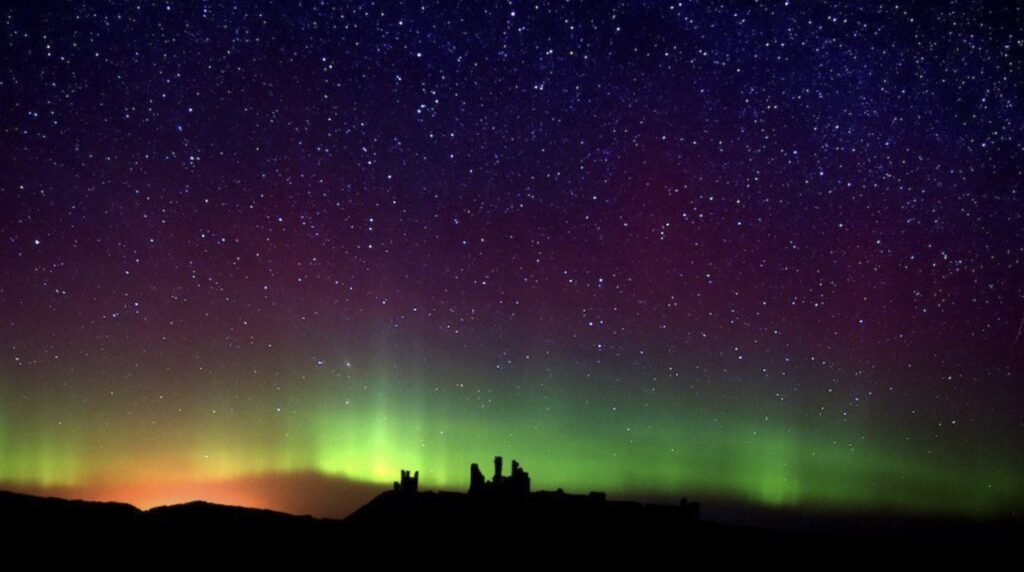
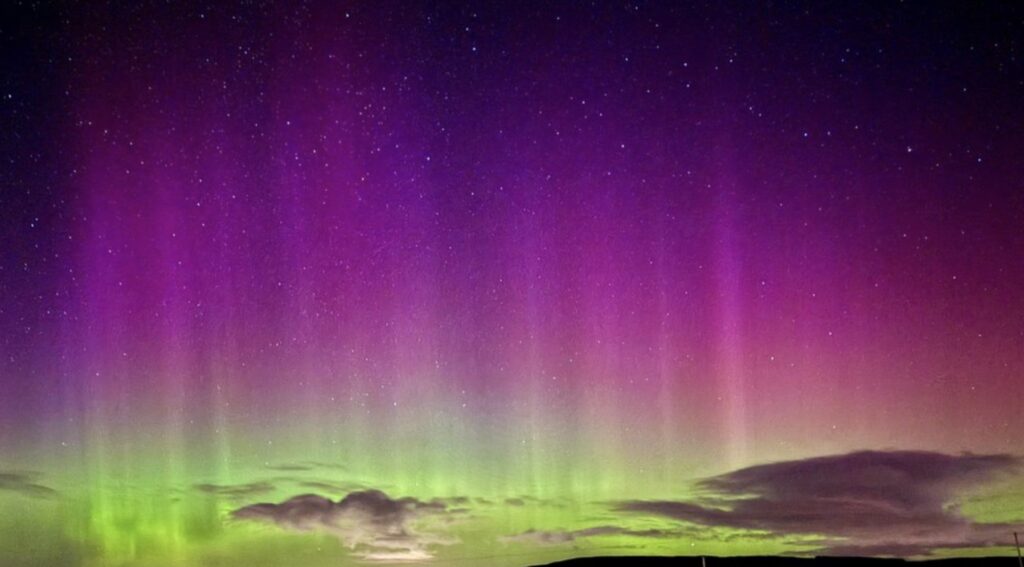
Visitors to Kirkenes can enjoy a variety of unique activities and attractions, including:
- Northern Lights Tours: Guided tours to see the spectacular auroras, often combined with snowmobiling or dog sledding.
- Kirkenes Snowhotel: Stay in a hotel made entirely of snow and ice, featuring intricately carved ice sculptures.
- Husky Sledding: Experience the thrill of dog sledding through the Arctic wilderness.
- King Crab Safari: Catch and taste the famous Barents Sea king crab on a guided tour.
- Border Tours: Visit the borders with Russia and Finland, and learn about the history and culture of the region.
- Barents Safari: Explore the Arctic landscape by snowmobile, quad bike, or boat, depending on the season.
- Andersgrotta: Tour this World War II bomb shelter and learn about Kirkenes’ wartime history.
- Pasvik Nature Reserve: Discover the diverse wildlife and beautiful scenery of this pristine natural area.
- Grenselandmuseet: Visit the Borderland Museum to learn about the history, culture, and environment of the region.
- Fishing and Ice Fishing: Enjoy fishing in the fjords and lakes, with ice fishing available in winter.
- Local Cuisine: Sample local delicacies, including fresh seafood and traditional Norwegian dishes.
- Hiking and Snowshoeing: Explore the Arctic landscape on foot, with numerous trails available for all levels of hikers.
- Sami Culture Experience: Learn about the indigenous Sami people through cultural tours and reindeer experiences.
These activities provide a well-rounded experience of the natural beauty, culture, and history of Kirkenes.
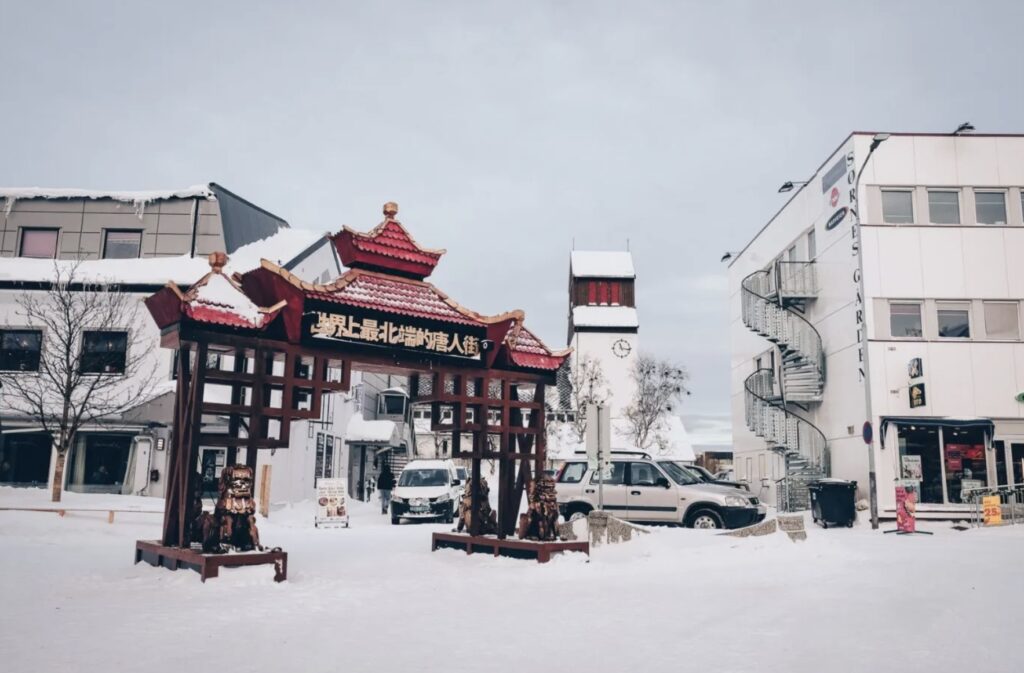
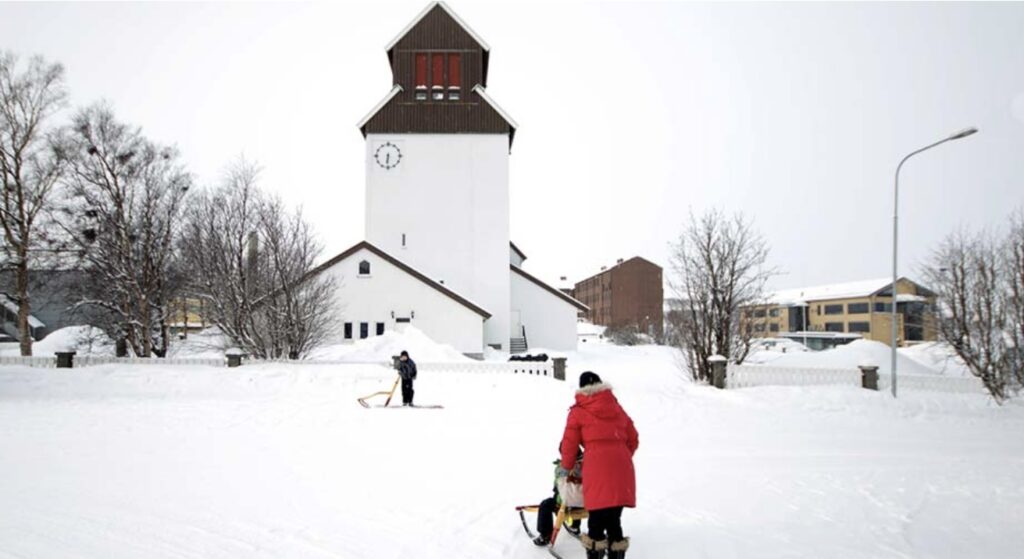
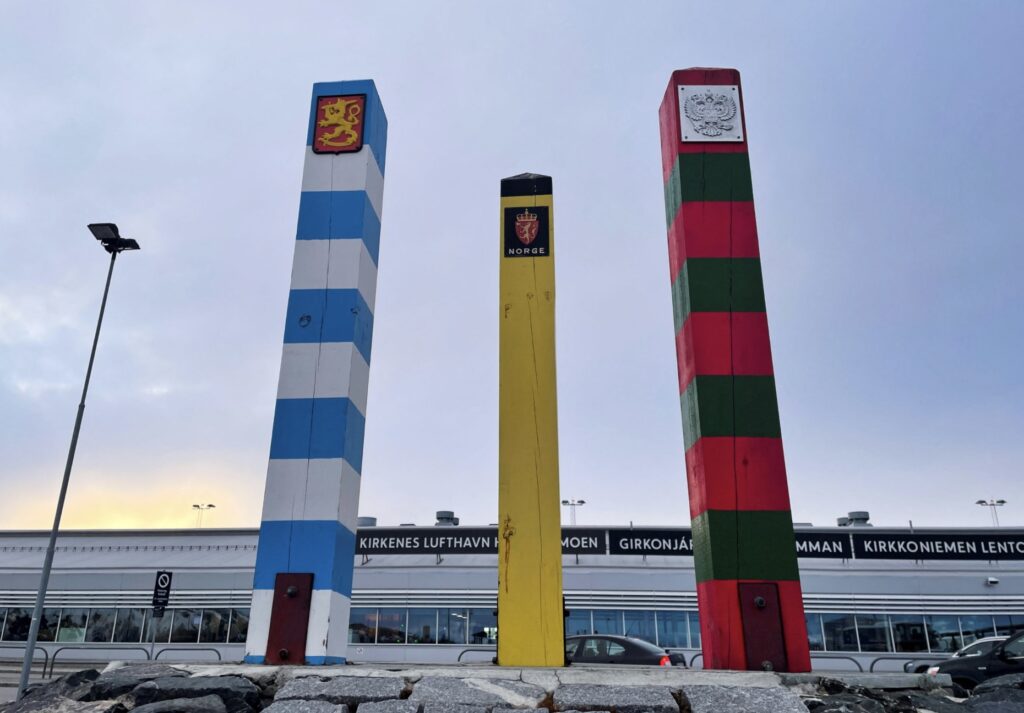
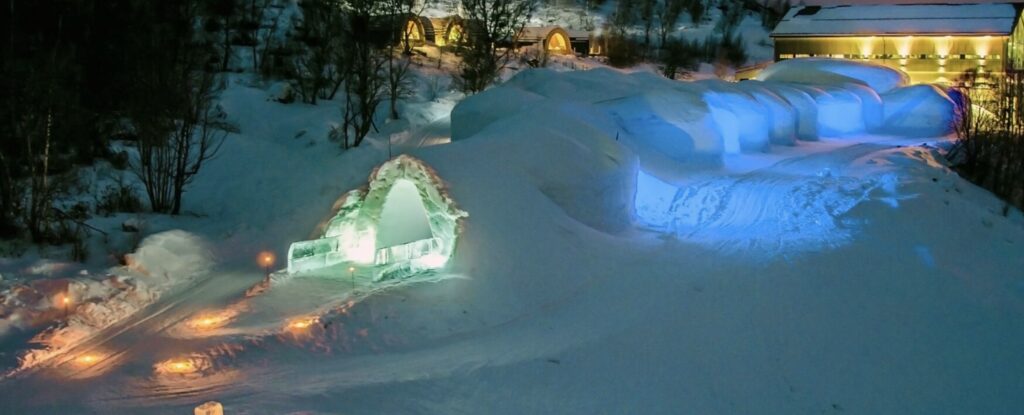
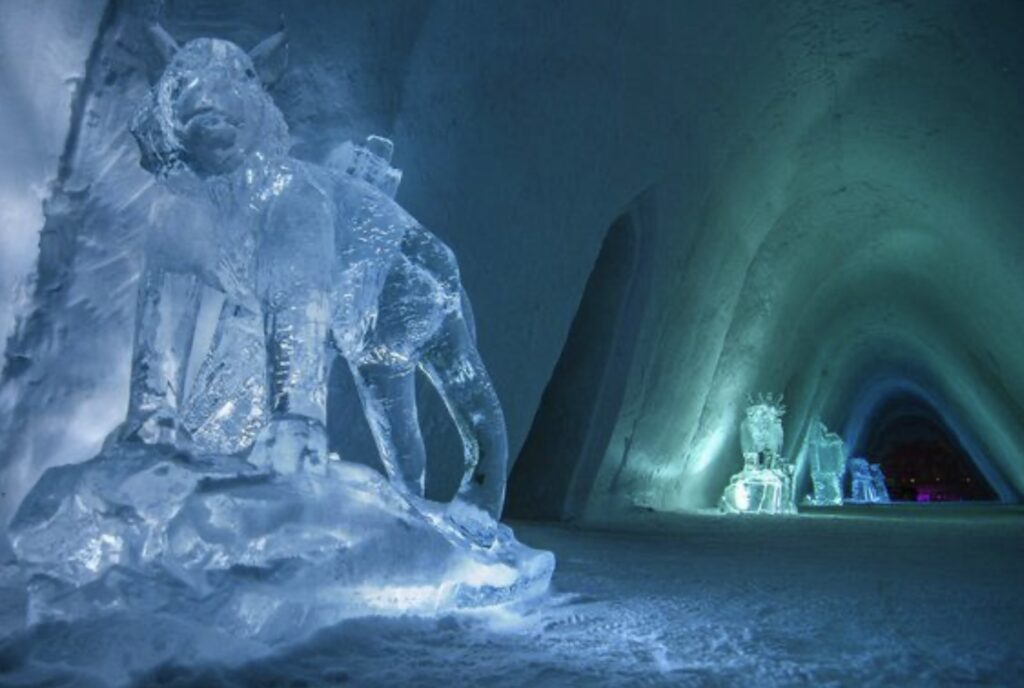
Here’s a suggested two-day winter itinerary for visiting Kirkenes:
Day 1: Arctic Adventures and Northern Lights
Morning
- Arrival and Check-In: Arrive in Kirkenes and check into your accommodation. If you’re staying at the Kirkenes Snowhotel, take some time to explore the unique ice rooms and ice sculptures.
- Husky Sledding Adventure: Start your day with an exhilarating husky sledding tour. You’ll get to drive your own team of dogs through the stunning Arctic landscape. Most tours last around 2-3 hours and include warm gear and hot drinks.
Afternoon
- King Crab Safari: After lunch, embark on a King Crab Safari. You’ll head out onto the frozen fjord by snowmobile or boat, catch massive king crabs, and enjoy a fresh seafood meal in a traditional Norwegian lavvu (tent).
Evening
- Northern Lights Tour: After dinner, join a Northern Lights tour. Head to a remote location away from city lights for the best chance of seeing the auroras. Many tours include hot drinks, snacks, and knowledgeable guides who can help you capture the perfect photo.
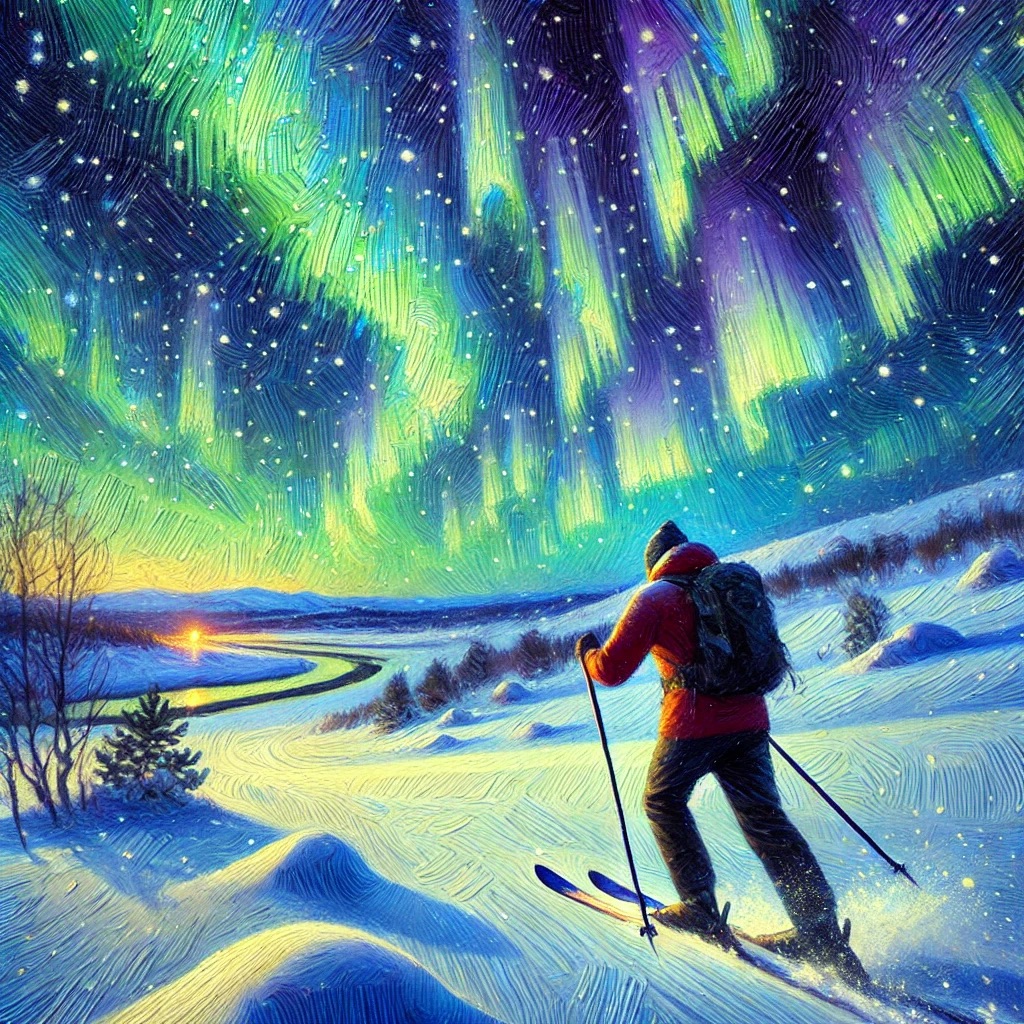
Day 2: Cultural Experiences and Arctic Wildlife
Morning
- Snowhotel Visit and Breakfast: If you didn’t stay there, visit the Kirkenes Snowhotel in the morning for a guided tour. Enjoy breakfast at their cozy restaurant, Gabba, and learn about the construction of this incredible ice structure.
- Sami Culture Experience: Engage in a Sami cultural tour where you can learn about the indigenous Sami people, their traditions, and their way of life. You’ll also have the opportunity to feed and interact with reindeer.
Afternoon
- Border Excursion: Take a guided tour to the borders of Russia and Finland. Learn about the history and geopolitical significance of this unique tri-border area. Visit the Grenselandmuseet (Borderland Museum) to delve deeper into the region’s history.
Evening
- Andersgrotta Bomb Shelter: Explore the Andersgrotta bomb shelter, a World War II hideout. Discover the history of Kirkenes during the war and how the town played a strategic role.
- Relaxing Evening: Enjoy a relaxing evening back at your accommodation. If you’re still hoping to catch another glimpse of the Northern Lights, keep an eye on the aurora forecasts and head out for a short walk or drive.
This itinerary provides a mix of adventure, cultural experiences, and opportunities to witness the stunning natural beauty of Kirkenes in winter.
